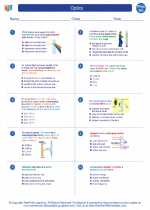Hippocampus
The hippocampus is a small, curved formation in the brain that plays an important role in the limbic system, which is the part of the brain involved in emotion, learning, and memory. It is located in the medial temporal lobe, underneath the cerebral cortex. The hippocampus is involved in the formation of new memories and is also associated with spatial navigation. It is named after its resemblance to the seahorse, as "hippocampus" is the Latin word for seahorse.
Structure of the Hippocampus
The hippocampus is composed of several subregions, including the dentate gyrus, CA1, CA2, CA3, and the subiculum. These subregions have different connections and functions within the brain. The hippocampus receives input from various sensory areas of the brain and sends output to other parts of the brain, such as the cerebral cortex and the thalamus.
Function of the Hippocampus
The primary function of the hippocampus is to consolidate short-term memory into long-term memory. It is also involved in spatial memory, which is the ability to remember and navigate through spatial environments. Additionally, the hippocampus plays a role in emotional regulation and is implicated in the formation of episodic memories, which are personal memories of specific events and experiences.
Study Guide
- Describe the structure of the hippocampus and its subregions.
- Explain the role of the hippocampus in memory formation and spatial navigation.
- Discuss the importance of the hippocampus in the limbic system and emotional regulation.
- Compare and contrast the functions of the hippocampus with other brain structures involved in memory and learning.
- Explore current research on the hippocampus and its implications for understanding neurological disorders and cognitive function.



